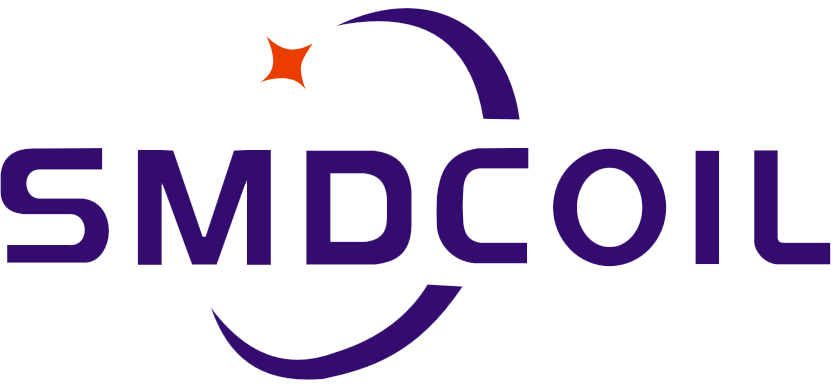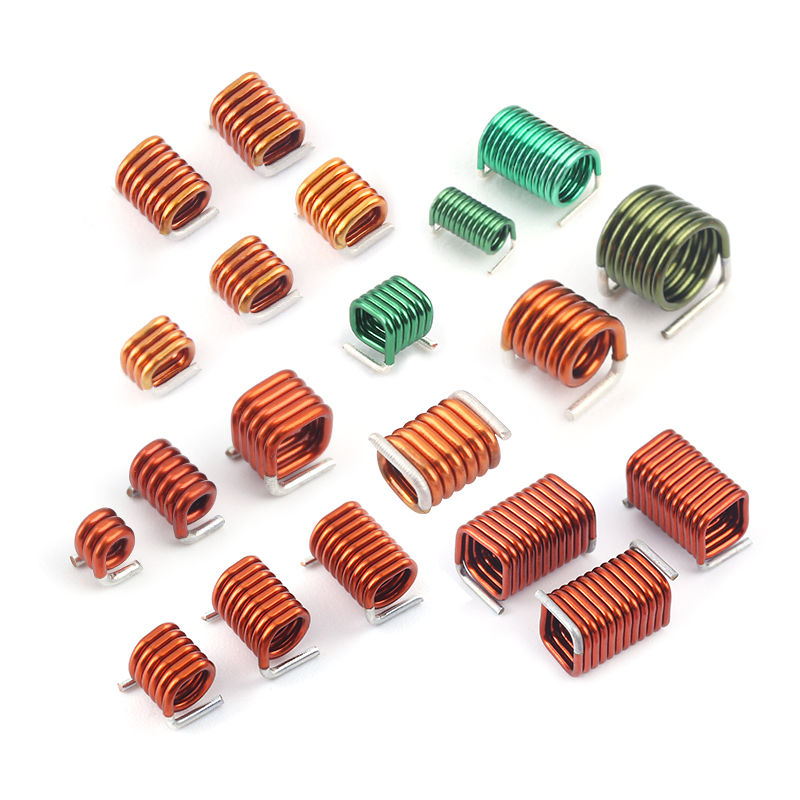Air Core Inductors: Applications in Electronic
Air-core inductors are critical components in electronic product manufacturing. Their unique properties make them important components in a variety of electronic devices, from radios and televisions to computer components and mobile phones. This article will take an in-depth look at the professional use of air core inductor coils in electronics, delving into their functionality, design and impact on the world of technology.
To understand the application of air core inductor coils in electronic products, it is necessary to understand the basic concept of inductance. Inductance refers to the resistance of a circuit to changes in electrical current, which is achieved by producing a magnetic field. In electronic devices, inductance is achieved through the use of inductors, which are passive electronic components designed to store energy in the form of a magnetic field. Air-core inductors, as the name suggests, utilize a coil of wire wound around a non-magnetic core, usually made of materials such as ceramic or plastic. This design allows the generation of magnetic fields without the use of ferromagnetic cores, resulting in a variety of unique applications in electronics.
One of the main applications of air core inductors in electronics is in radio frequency (RF) circuits. Due to their non-magnetic core, air-core inductors are ideal for use in high-frequency applications where the presence of a ferromagnetic core may cause unwanted interference. RF circuits, commonly found in devices such as radios, televisions and wireless communications equipment, rely on air-core inductors to ensure optimal performance and minimal signal distortion. Air core inductors are designed to allow precise control of inductance value, making them ideal for tuned circuits in these electronics.
Another professional application of air core inductance coils in electronic products is in high-speed data transmission. As the demand for faster and more reliable data transmission continues to increase, electronic devices such as computer components and network hardware require high-performance inductors to maintain signal integrity. Air core inductors play a key role in these applications, providing the necessary inductance and impedance characteristics without the risk of core saturation or signal loss due to hysteresis. This makes them a popular choice for electronic products that rely on high-speed data transmission, ensuring efficient and reliable operation.
In addition to radio frequency circuits and high-speed data transmission, air core inductor coils also have professional applications in a variety of other electronic products. For example, they are commonly used in power supply and voltage regulation circuits, where their low core losses and high-frequency operation capabilities make them ideal for energy conservation and reliable performance. In audio equipment, air-core inductors are used in crossover networks to separate and filter different frequency ranges, helping to produce high-quality sound. In addition, they are used in sensors, antennas, and other electronic components, demonstrating the versatility and broad impact of air-core inductors in electronics.
The professional application of air core inductor coils in electronic products proves their unique performance and design. Their ability to operate at high frequencies, low core losses, and precise control of inductance values make them the first choice for a variety of electronic devices. As technology continues to advance and the demand for smaller, faster, more efficient electronics grows, air-core inductors will continue to play a vital role in meeting these requirements. With its professional applications in radio frequency circuits, high-speed data transmission, power supplies, audio equipment and other fields, air-core inductor coils have become an important part of the electronic field.



